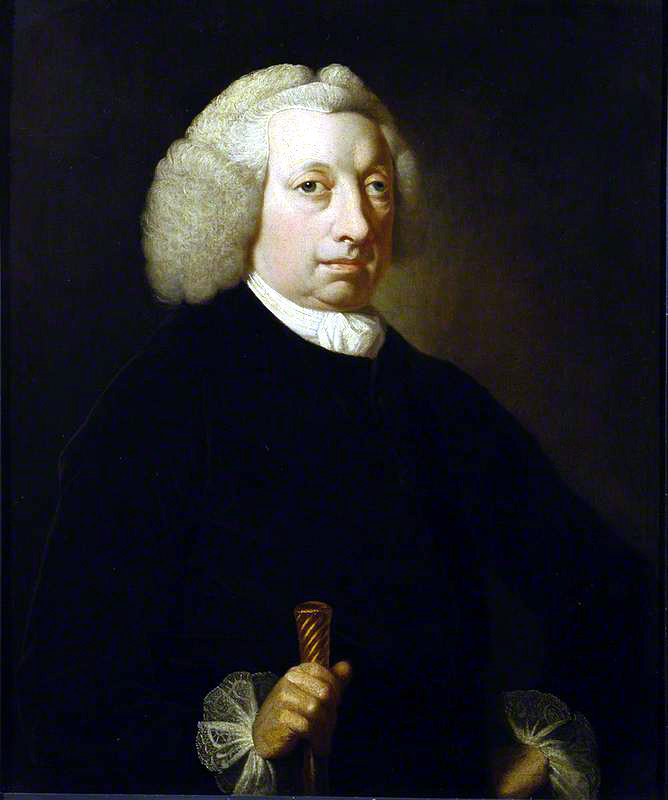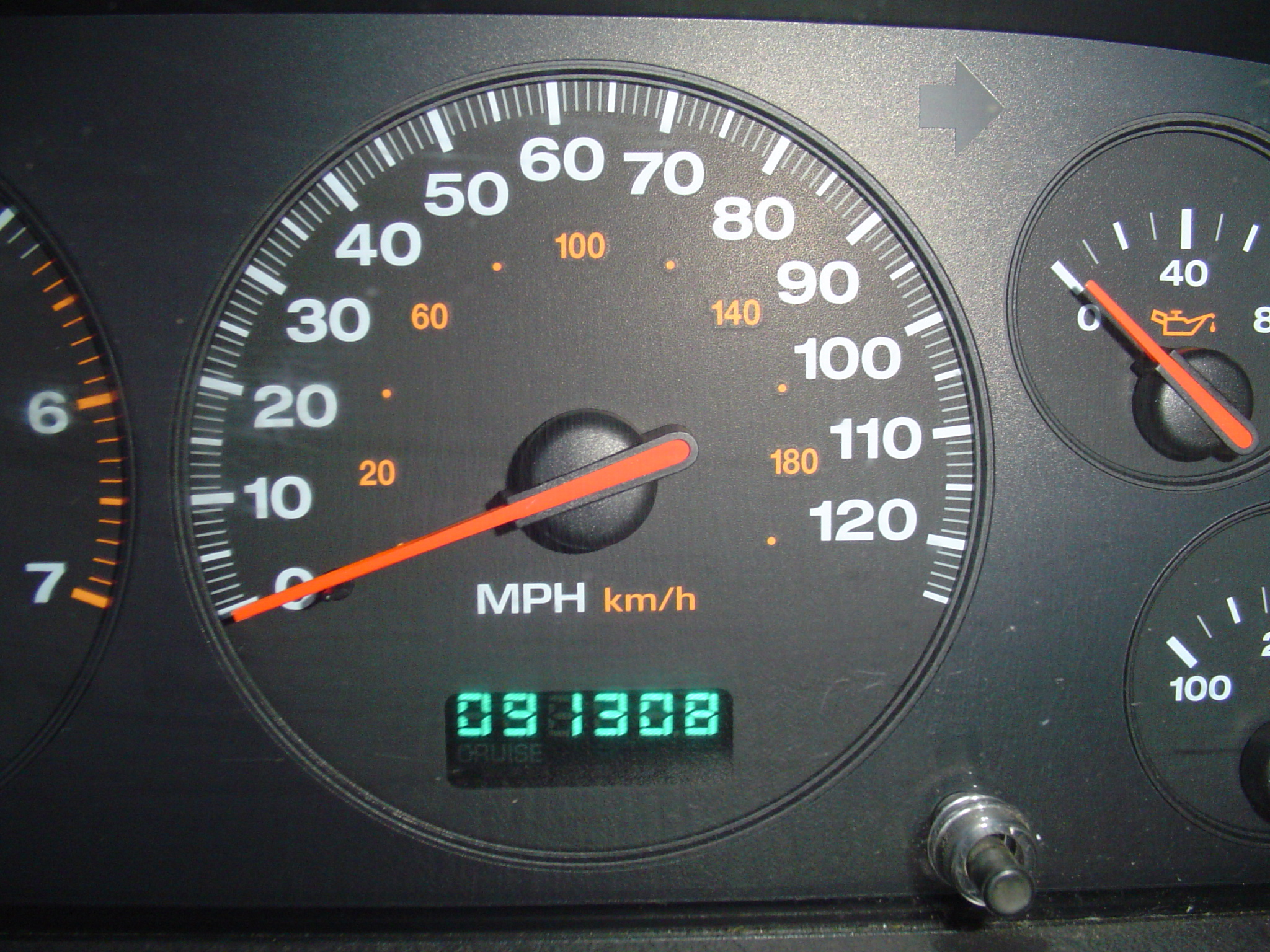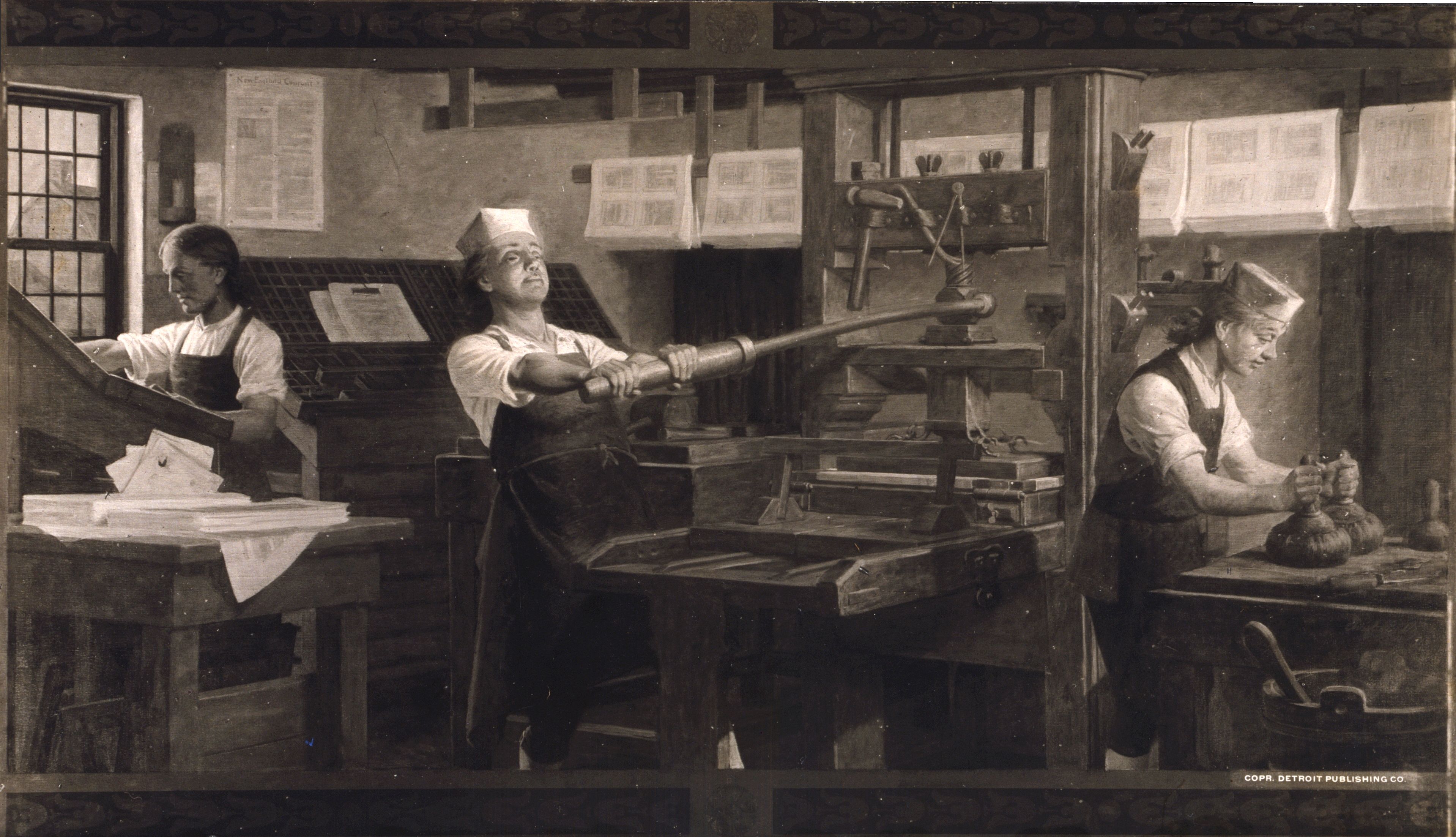|
1755 In Science
The year 1755 in science and technology involved some significant events. Astronomy * Immanuel Kant develops the nebular hypothesis in his ''Universal Natural History and Theory of Heaven'' (''Allgemeine Naturgeschichte und Theorie des Himmels''). Chemistry * June – Joseph Black's discovery of carbon dioxide ("fixed air") and magnesium is communicated in a paper to the Royal Society of Edinburgh, Philosophical Society of Edinburgh. Earth sciences * November 1 – An 1755 Lisbon earthquake, earthquake in Lisbon kills 30,000 inhabitants. * Publication of ''De Litteraria expeditione per pontificiam ditionem ad dimetiendos duos meridiani gradus a PP'', a description of the measurement of a meridian arc carried out in the Papal States by Ruđer Bošković with Christopher Maire in 1750–52. Life sciences * August Johann Rösel von Rosenhof publishes the first record of an amoeba; he names it "der kleine Proteus" ("the little Proteus"). Mathematics * Leonhard Euler's ''Institut ... [...More Info...] [...Related Items...] OR: [Wikipedia] [Google] [Baidu] |
Leonhard Euler
Leonhard Euler ( ; ; ; 15 April 170718 September 1783) was a Swiss polymath who was active as a mathematician, physicist, astronomer, logician, geographer, and engineer. He founded the studies of graph theory and topology and made influential discoveries in many other branches of mathematics, such as analytic number theory, complex analysis, and infinitesimal calculus. He also introduced much of modern mathematical terminology and Mathematical notation, notation, including the notion of a mathematical function. He is known for his work in mechanics, fluid dynamics, optics, astronomy, and music theory. Euler has been called a "universal genius" who "was fully equipped with almost unlimited powers of imagination, intellectual gifts and extraordinary memory". He spent most of his adult life in Saint Petersburg, Russia, and in Berlin, then the capital of Kingdom of Prussia, Prussia. Euler is credited for popularizing the Greek letter \pi (lowercase Pi (letter), pi) to denote Pi, th ... [...More Info...] [...Related Items...] OR: [Wikipedia] [Google] [Baidu] |
Anatomist
Anatomy () is the branch of morphology concerned with the study of the internal structure of organisms and their parts. Anatomy is a branch of natural science that deals with the structural organization of living things. It is an old science, having its beginnings in prehistoric times. Anatomy is inherently tied to developmental biology, embryology, comparative anatomy, evolutionary biology, and phylogeny, as these are the processes by which anatomy is generated, both over immediate and long-term timescales. Anatomy and physiology, which study the structure and function of organisms and their parts respectively, make a natural pair of related disciplines, and are often studied together. Human anatomy is one of the essential basic sciences that are applied in medicine, and is often studied alongside physiology. Anatomy is a complex and dynamic field that is constantly evolving as discoveries are made. In recent years, there has been a significant increase in the use of ... [...More Info...] [...Related Items...] OR: [Wikipedia] [Google] [Baidu] |
Physician
A physician, medical practitioner (British English), medical doctor, or simply doctor is a health professional who practices medicine, which is concerned with promoting, maintaining or restoring health through the Medical education, study, Medical diagnosis, diagnosis, prognosis and therapy, treatment of disease, injury, and other physical and mental impairments. Physicians may focus their practice on certain disease categories, types of patients, and methods of treatment—known as Specialty (medicine), specialities—or they may assume responsibility for the provision of continuing and comprehensive medical care to individuals, families, and communities—known as general practitioner, general practice. Medical practice properly requires both a detailed knowledge of the Discipline (academia), academic disciplines, such as anatomy and physiology, pathophysiology, underlying diseases, and their treatment, which is the science of medicine, and a decent Competence (human resources ... [...More Info...] [...Related Items...] OR: [Wikipedia] [Google] [Baidu] |
Prussia
Prussia (; ; Old Prussian: ''Prūsija'') was a Germans, German state centred on the North European Plain that originated from the 1525 secularization of the Prussia (region), Prussian part of the State of the Teutonic Order. For centuries, the House of Hohenzollern ruled Prussia, expanding its size with the Prussian Army. Prussia, with its capital at Königsberg and then, when it became the Kingdom of Prussia in 1701, History of Berlin, Berlin, decisively shaped the history of Germany. Prussia formed the German Empire when it united the German states in 1871. It was ''de facto'' dissolved by 1932 Prussian coup d'état, an emergency decree transferring powers of the Prussian government to German Chancellor Franz von Papen in 1932 and ''de jure'' by Abolition of Prussia, an Allied decree in 1947. The name ''Prussia'' derives from the Old Prussians who were conquered by the Teutonic Knightsan organized Catholic medieval Military order (religious society), military order of Pru ... [...More Info...] [...Related Items...] OR: [Wikipedia] [Google] [Baidu] |
Samuel Thomas Von Sömmerring
Samuel Thomas von Sömmerring (28 January 1755 – 2 March 1830) was a German physician, anatomist, anthropologist, paleontologist and inventor. Sömmerring discovered the macula in the retina of the human eye. His investigations on the brain and the nervous system, on the sensory organs, on the embryo and its malformations, on the structure of the lungs, etc., made him one of the most important German anatomists. Career Sömmerring was born in Thorn (Toruń), Royal Prussia (a province of the Crown of Poland) as the ninth child of the physician Johann Thomas Sömmerring. In 1774 he completed his education in Thorn and began to study medicine at the University of Göttingen. He visited Petrus Camper lecturing at the University in Franeker. He became a professor of anatomy at the Collegium Carolinum (housed in the Ottoneum, now a Natural History Museum) in Kassel and, beginning in 1784, at the University of Mainz. There he was for five years the dean of the medical f ... [...More Info...] [...Related Items...] OR: [Wikipedia] [Google] [Baidu] |
John Huxham
John Huxham (1692–1768) was an English physician, a provincial doctor notable for his study of fevers. In 1750 Huxham published his ''Essay on Fevers'' and in 1755 received the Copley Medal for his contribution to medicine. Biography Huxham was born close to Totnes, Devon, the son of a butcher from nearby Harberton. He was orphaned in early life and became the ward of a non-conformist minister. He attended Newton Abbot grammar school using funds from his father's will. Huxham then attended Exeter academy, the university of Leyden and finishing his M.D. at the university of Rheims. (Due to his religion he would not have been able to attend Universities in Oxford or Cambridge.) He returned to Totnes and started a medical practice soon after in Plymouth. His progress to fame was slow but he eventually became the city's most respected medical practitioner. In 1723, James Jurin, one of the secretaries of the Royal Society, asked for volunteers to keep daily records of their ob ... [...More Info...] [...Related Items...] OR: [Wikipedia] [Google] [Baidu] |
Copley Medal
The Copley Medal is the most prestigious award of the Royal Society of the United Kingdom, conferred "for sustained, outstanding achievements in any field of science". The award alternates between the physical sciences or mathematics and the biological sciences. It is arguably the highest United Kingdom, British and Commonwealth of Nations, Commonwealth award for scientific achievement, and has often been included among the most distinguished international scientific awards. Given annually, the medal is the oldest Royal Society medal awarded and the oldest surviving scientific award in the world, having first been given in 1731 to Stephen Gray (scientist), Stephen Gray, for "his new Electrical Experiments: – as an encouragement to him for the readiness he has always shown in obliging the Society with his discoveries and improvements in this part of Natural Knowledge". The medal is made of silver-gilt and awarded with a £25,000 prize. It is awarded to "senior scientists" irres ... [...More Info...] [...Related Items...] OR: [Wikipedia] [Google] [Baidu] |
Lever Escapement
The lever escapement, invented by the English clockmaker Thomas Mudge in 1754 (albeit first used in 1769), is a type of escapement that is used in almost all mechanical watches, as well as small mechanical non-pendulum clocks, alarm clocks, and kitchen timers. An escapement is a mechanical linkage that delivers impulses to the timepiece's balance wheel, keeping it oscillating back and forth, and with each swing of the balance wheel allows the timepiece's gear train to advance a fixed amount, thus moving the hands forward at a steady rate. The escapement is what makes the "ticking" sound in mechanical watches and clocks. Invention The lever escapement was invented by British clockmaker Thomas Mudge around 1754, and improved by Abraham-Louis Breguet (1787), Peter Litherland (1791), and Edward Massey (1800). Its modern ("table roller") form was developed by George Savage in the early 1800s. Since about 1900 virtually every mechanical watch, alarm clock and other portable ... [...More Info...] [...Related Items...] OR: [Wikipedia] [Google] [Baidu] |
Thomas Mudge (horologist)
Thomas Mudge (1715 – 14 November 1794, London) was an English horologist who invented the lever escapement, a technological improvement to the pocket watch. Early life Thomas Mudge was the second son of Zachariah Mudge, headmaster and clergyman, and his wife, Mary Fox. He was born in Exeter, but when he was young, the family moved to Bideford, where his father became headmaster of the grammar school. Thomas attended the same school and, when 14 or 15, was sent to London to be apprenticed to George Graham, a clock and watch maker who had trained under Thomas Tompion. Graham’s business was situated in Water Lane, Fleet Street. When Mudge qualified as a watchmaker in 1738 he began to be employed by a number of important London retailers. Whilst making a most complicated equation watch for clockmaker John Ellicott, Mudge was discovered to be the actual maker of the watch and was subsequently directly commissioned to supply watches for Ferdinand VI of Spain. He is kno ... [...More Info...] [...Related Items...] OR: [Wikipedia] [Google] [Baidu] |
Odometer
An odometer or odograph is an instrument used for measuring the distance traveled by a vehicle, such as a bicycle or car. The device may be electronic, mechanical, or a combination of the two (electromechanical). The noun derives from ancient Greek , ''hodómetron'', from , ''hodós'' ("path" or "gateway") and , ''métron'' ("measure"). Early forms of the odometer existed in the ancient Greco-Roman world as well as in ancient China. In countries using Imperial units or US customary units it is sometimes called a mileometer or milometer, the former name especially being prevalent in the United Kingdom and among members of the Commonwealth of Nations, Commonwealth. History Classical Era Possibly the first evidence for the use of an odometer can be found in the works of the ancient Roman Pliny the Elder, Pliny (NH 6. 61-62) and the ancient Greek Strabo (11.8.9). Both authors list the distances of routes traveled by Alexander the Great (r. 336-323 BC) as by his bematists Diog ... [...More Info...] [...Related Items...] OR: [Wikipedia] [Google] [Baidu] |
Benjamin Franklin
Benjamin Franklin (April 17, 1790) was an American polymath: a writer, scientist, inventor, statesman, diplomat, printer, publisher and Political philosophy, political philosopher.#britannica, Encyclopædia Britannica, Wood, 2021 Among the most influential intellectuals of his time, Franklin was one of the Founding Fathers of the United States; a Committee of Five, drafter and signer of the United States Declaration of Independence, Declaration of Independence; and the first United States Postmaster General, postmaster general. Born in the Province of Massachusetts Bay, Franklin became a successful Early American publishers and printers, newspaper editor and printer in Philadelphia, the leading city in the colonies, publishing ''The Pennsylvania Gazette'' at age 23. He became wealthy publishing this and ''Poor Richard's Almanack'', which he wrote under the pseudonym "Richard Saunders". After 1767, he was associated with the ''Pennsylvania Chronicle'', a newspaper known for it ... [...More Info...] [...Related Items...] OR: [Wikipedia] [Google] [Baidu] |






